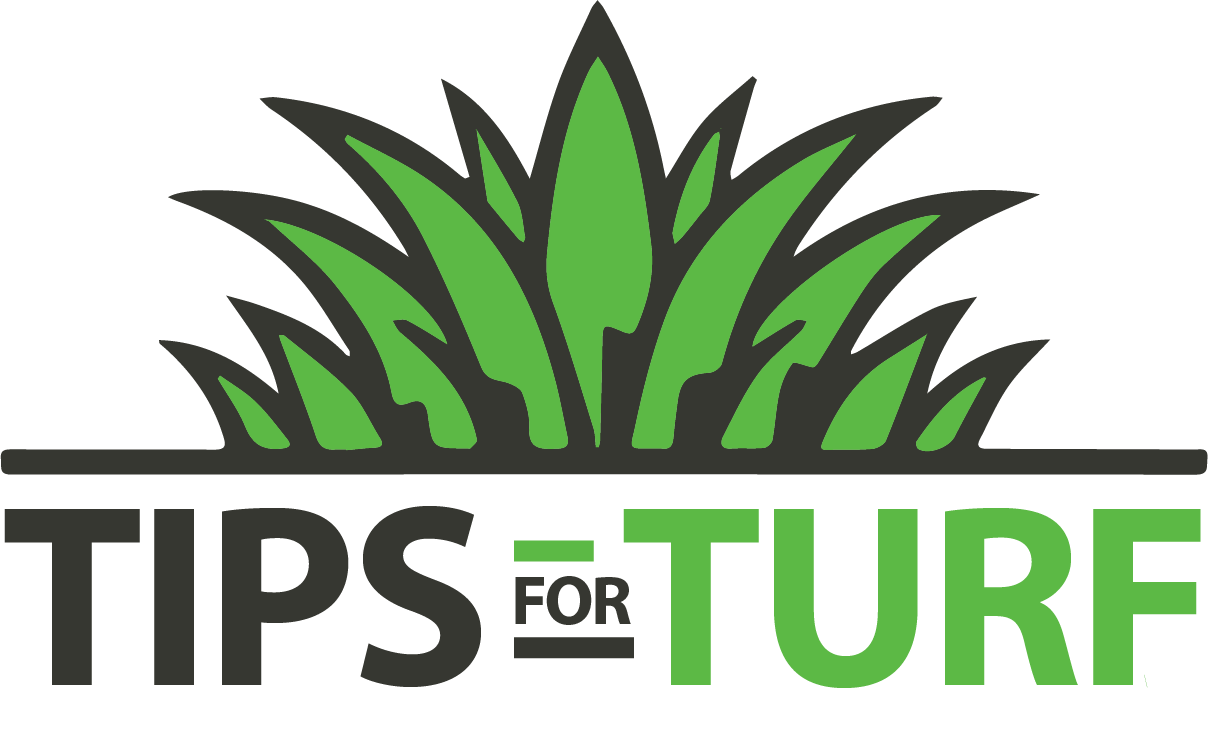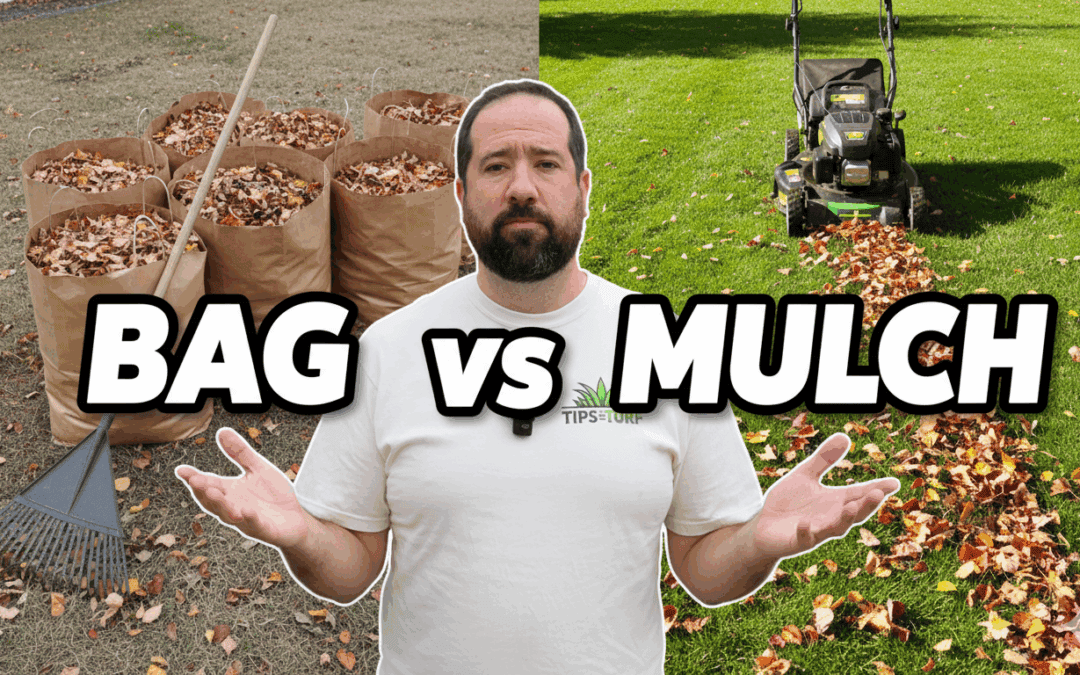Fall is here, and that means one thing—yards full of colorful leaves. As they pile up, a common question comes up every year: Should you mulch your leaves or bag them up?
Both options have their benefits, but they also come with drawbacks. Let’s break them down so you can decide what’s best for your lawn.
Bagging Leaves: The Traditional Way
For many of us, bagging leaves is what we grew up doing. You rake them up, stuff them into yard bags, and haul them to the curb. It’s a tried-and-true method—but is it still the best one?
Pros of Bagging Leaves
- Instant Curb Appeal
Bagging gives your yard that clean, spotless look right away. No stray leaf bits left behind. - Prevents Lawn Damage
With the leaves completely gone, there’s no risk of smothering your grass or trapping moisture that could lead to snow mold. - Removes Diseased Leaves
If your trees have dropped leaves with fungus or pests, bagging helps eliminate those problems from your lawn.
Cons of Bagging Leaves
- It’s a Lot of Work
Raking, stuffing, and hauling can take hours—and for larger yards, you might fill 20 or 30 bags. - You Lose Free Nutrients
Leaves naturally contain nitrogen and minerals. When you throw them away, you’re tossing free fertilizer. - Waste and Cost
Yard bags often end up in landfills, and you may have to pay for bags or pickup services.
Mulching Leaves: The Modern Approach
Mulching has become a more popular alternative. Instead of removing leaves, you mow over them to chop them into small pieces, leaving them to decompose naturally into the soil.
Pros of Mulching Leaves
- Less Work
Just mow over the leaves—no raking or bagging needed. Your back will thank you. - Feeds Your Lawn Naturally
As mulched leaves break down, they release nitrogen, phosphorus, and potassium, acting as a free organic fertilizer. - Improves Soil and Reduces Weeds
Mulched leaves turn into rich organic matter that nourishes the soil. They also help block weeds like dandelions from taking over in the spring.
Cons of Mulching Leaves
- Too Many Leaves Can Smother Grass
If the lawn is buried, mulching won’t be enough. You’ll end up with clumps that can choke the grass. - May Require Multiple Passes
Sometimes you’ll need to mow twice to chop leaves fine enough for quick breakdown. - Less Tidy at First
You’ll see a layer of “leaf confetti” until rain and time settle it in. Some people prefer a perfectly clean look, so this comes down to personal taste.
What the Research Says
Studies from Purdue University and Michigan State University found that mulching doesn’t harm lawns—even with heavy leaf cover. In fact, it can reduce weeds and improve soil health over time.
For most cool-season lawns, the research points to mulching as the better option overall.
The Bottom Line
Here’s the simple takeaway:
👉 Mulch whenever you can.
👉 Bag only when you have too many leaves or if they’re diseased.
That way, you’ll enjoy the benefits of a nourished, healthier lawn without unnecessary waste or extra effort.
When it comes to fall lawn care, mulching leaves isn’t the only thing to do. Learn how to overseed your lawn in the fall to get the darkest lawn possible in the spring.

